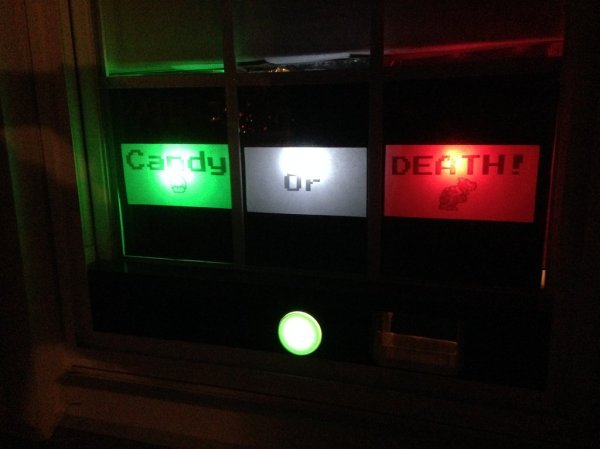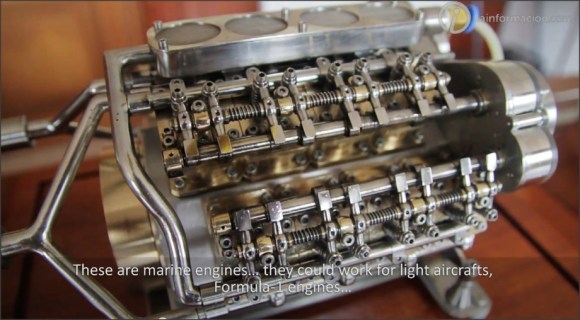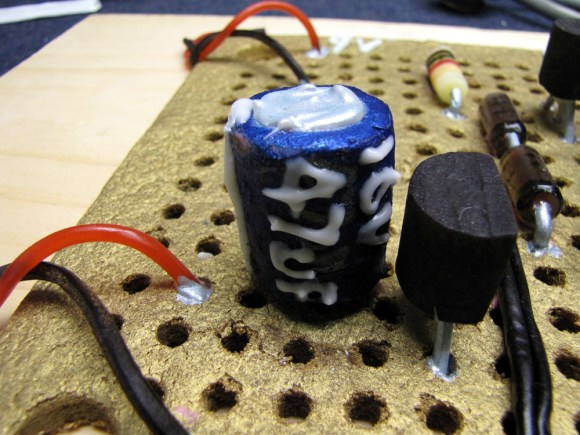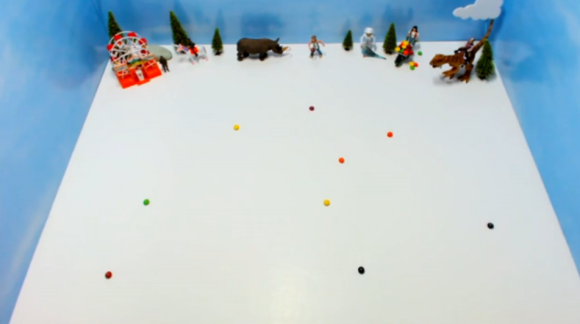Will you be handing out candy on Halloween? Maybe you have a party to attend or kids to take around the neighborhood and can’t be home to answer the bell. You don’t want to be The Dark House With No Candy, ’cause that’s a good way to get TP’d. We’re not exactly sure what [Ben]’s catalyst was aside from trying to avoid tempting would-be thieves with an unattended bowl on the porch. Whatever the reason, we’re happy to present Candy or Death, his gamified candy (or death)-dispensing machine.
Okay, so it only dispenses candy for now. [Ben] hasn’t quite worked the kinks out of his death ray. He designed it to sit behind a porch-facing window so it can’t be messed with. All trick-or-treaters can do is push the button and take the candy. It’s built around a cereal dispenser that’s modified to be cranked by a piece of round rod driven with a NEMA-17 stepper motor and an Arduino Uno with a motor shield. The candy slides down a length of aluminium rain gutter into a plastic stacking bin, and the whole thing is built into a nice wood frame.
A few adjustments were necessary to keep it from jamming. The dispenser’s hopper uses rubber blades to govern the flow, and he ended up removing a few and trimming the others. [Ben] has an album up of all his build pics and put his code on the gits. Stick around to see videos of the machine from the front and rear.
















